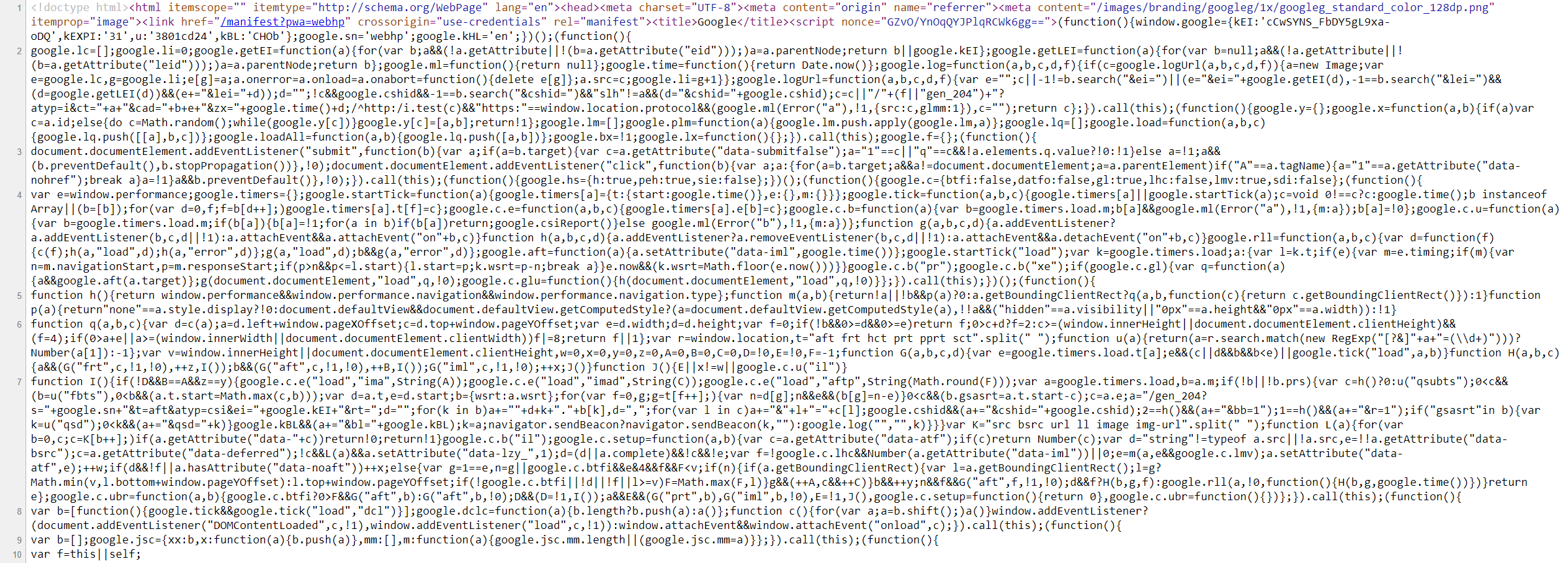Sensitive Data Exposure
All of the front end components we covered are interacted with on the client-side. Therefore, if they are attacked, they do not pose a direct threat to the core back end of the web application and usually will not lead to permanent damage. However, as these components are executed on the client-side, they put the end-user in danger of being attacked and exploited if they do have any vulnerabilities. If a front end vulnerability is leveraged to attack admin users, it could result in unauthorized access, access to sensitive data, service disruption, and more.
Although the majority of web application penetration testing is focused on back end components and their functionality, it is important also to test front end components for potential vulnerabilities, as these types of vulnerabilities can sometimes be utilized to gain access to sensitive functionality (i.e., an admin panel), which may lead to compromising the entire server.
Sensitive Data Exposure refers to the availability of sensitive data in clear-text to the end-user. This is usually found in the source code of the web page or page source on the front end of web applications. This is the HTML source code of the application, not to be confused with the back end code that is typically only accessible on the server itself. We can view any website's page source in our browser by right-clicking anywhere on the page and selecting View Page Source from the pop-up menu. Sometimes a developer may disable right-clicking on a web application, but this does not prevent us from viewing the page source as we can merely type ctrl + u or view the page source through a web proxy such as Burp Suite. Let's take a look at the google.com page source. Right-click and choose View Page Source, and a new tab will open in our browser with the URL view-source:https://www.google.com/. Here we can see the HTML, JavaScript, and external links. Take a moment to browse the page source a bit.
metimes we may find login credentials, hashes, or other sensitive data hidden in the comments of a web page's source code or within external JavaScript code being imported. Other sensitive information may include exposed links or directories or even exposed user information, all of which can potentially be leveraged to further our access within the web application or even the web application's supporting infrastructure (webserver, database server, etc.).
For this reason, one of the first things we should do when assessing a web application is to review its page source code to see if we can identify any 'low-hanging fruit', such as exposed credentials or hidden links.
Example
At first glance, this login form does not look like anything out of the ordinary:
<form action="action_page.php" method="post">
<div class="container">
<label for="uname"><b>Username</b></label>
<input type="text" required>
<label for="psw"><b>Password</b></label>
<input type="password" required>
<!-- TODO: remove test credentials test:test -->
<button type="submit">Login</button>
</div>
</form>
</html>
We see that the developers added some comments that they forgot to remove, which contain test credentials:
<!-- TODO: remove test credentials test:test -->The comment seems to be a reminder for the pagesdevelopers questionto remove the test credentials. Given that the comment has not been removed yet, these credentials may still be valid.
Although it askasis not very common to find login credentials in developer comments, we can still find various bits of sensitive and valuable information when looking at the source code, such as test pages or directories, debugging parameters, or hidden functionality. There are various automated tools that we can use to scan and analyze available page source code to identify potential paths or directories and other sensitive information.
Leveraging these types of information can give us further access to the web application, which may help us attack the back end components to gain control over the server.
Prevention
Ideally, the front end source code should only contain the code necessary to run all of the web applications functions, without any extra code or comments that are not necessary for usernamethe web application to function properly. It is always important to review the code that will be visible to end-users through the page source or run it through tools to check for exposed information.
It is also important to classify data types within the source code and passwordbutapply sincecontrols I'mon superwhat coolcan andor itscannot abe png,exposed I'mon goingthe client-side. Developers should also review client-side code to ensure that no unnecessary comments or hidden links are left behind. Furthermore, front end developers may want to use JavaScript code packing or obfuscation to reduce the nzk-cybertoolschances of exposing sensitive data through JavaScript code. These techniques may prevent automated tools from mylocating gitthese andtypes haveof it read the textdata.


